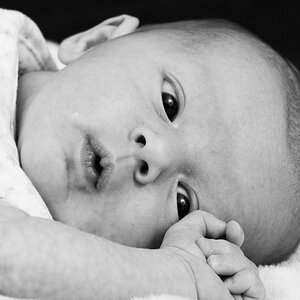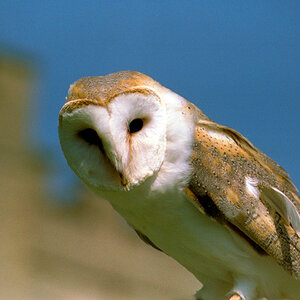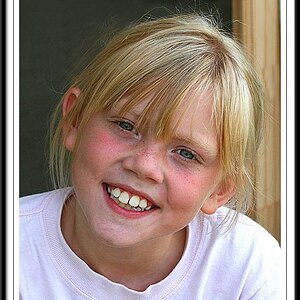Well, I posted this in the beginner forum and got no responses, so maybe it's a little more advanced than I thought?
I am trying to figure out what type of photography gives the silver (reflective) twinge to photographs like old historic photos. I have started looking in to wet plate photography (I would assume it is some kind of wet plate) and quickly figured out there is a ton of info out there for it. This is a good thing if you know what to look for, but I'm not sure where to begin looking. I specifically want to create some of the silver (reflective) photos. Does anyone know what this specific type is called or maybe have a good reference (book, website, etc.) I should look at?
Thanks in advance.
I am trying to figure out what type of photography gives the silver (reflective) twinge to photographs like old historic photos. I have started looking in to wet plate photography (I would assume it is some kind of wet plate) and quickly figured out there is a ton of info out there for it. This is a good thing if you know what to look for, but I'm not sure where to begin looking. I specifically want to create some of the silver (reflective) photos. Does anyone know what this specific type is called or maybe have a good reference (book, website, etc.) I should look at?
Thanks in advance.


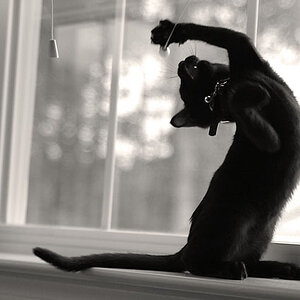
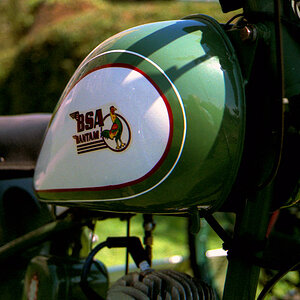
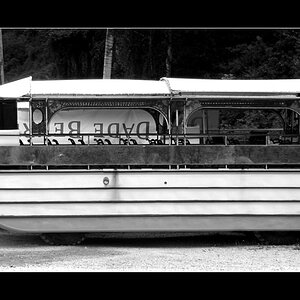
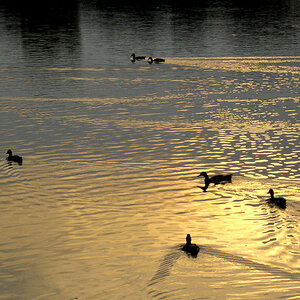
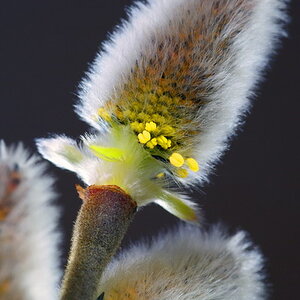
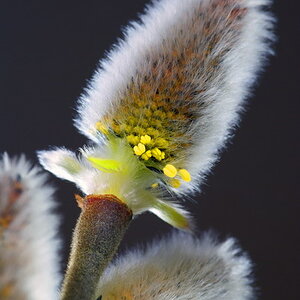
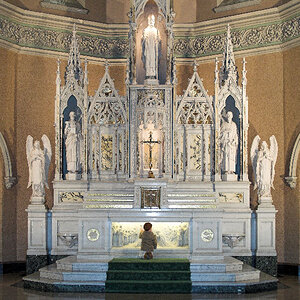
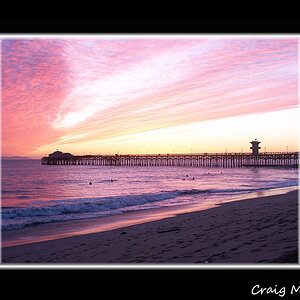
![[No title]](/data/xfmg/thumbnail/37/37627-c3d3ca879cdfbdb9e35acdcc7fcd4b3e.jpg?1619738154)
